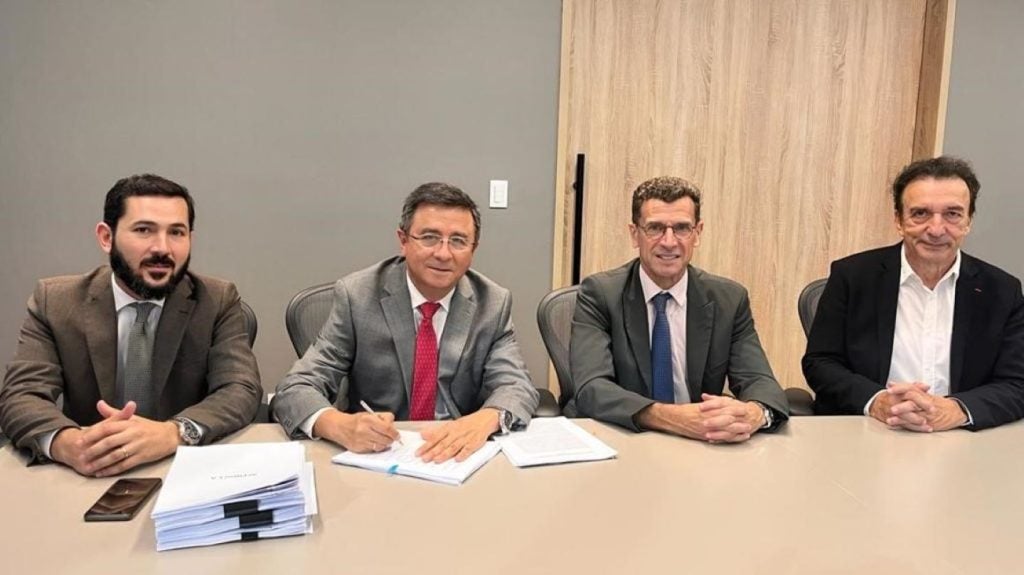An Alstom-led consortium has been selected by the Dominican Republic to deliver the country's first monorail system in the second city of Santiago de los Caballeros.
The consortium, which includes Alstom and Sofratesa, has been selected by Fideicomiso para el Desarrollo del Sistema de Transporte Masivo (FITRAM) to provide the rail system.
The $500m contract is backed by French Government financing, and Alstom said its share is worth $370m.
The "first of its kind" monorail system will feature a 13km track and is set to contain 14 stations, allowing for travel of 20,000 passengers per hour in peak direction (pphpd).
Alstom Dominican Republic managing director Iván Moncayo highlighted the "milestone."
Moncayo said: “This is a historic milestone in the development of sustainable mobility in the Dominican Republic, and we are proud to have been selected by FITRAM to deliver the country’s first monorail.
“The Dominican Republic is increasingly committed to developing and expanding urban mobility in the country and this investment for Santiago de los Caballeros will offer a modern, safe, comfortable, and reliable transportation option for the Santiaguense and visitors alike.”
The contract includes the delivery of a total of 13 four-car Innovia Monorail 300 trains, supplying the Dominican Republic with a high-capacity urban transport system, featuring an automatic driverless operation.
Alstom’s role in the contract features the supply of the monorail trains with further system integration, testing and commissioning of the full system.
Alstom stated that the first driverless rail control system in the region will support the highest grade of automation (GoA4), allowing for high reliability, shorter intervals between trains, flexible and safe operations, and reduced maintenance costs.
The French manufacturer has set out to increase the energy efficiency of its systems, aligning the partnership with their mission of creating smart innovation for sustainable mobility.
By installing Hesop reversible power stations, Alstom can build fewer substations along the railway and reinject up to 99% of braking energy from the trains back into the network.









